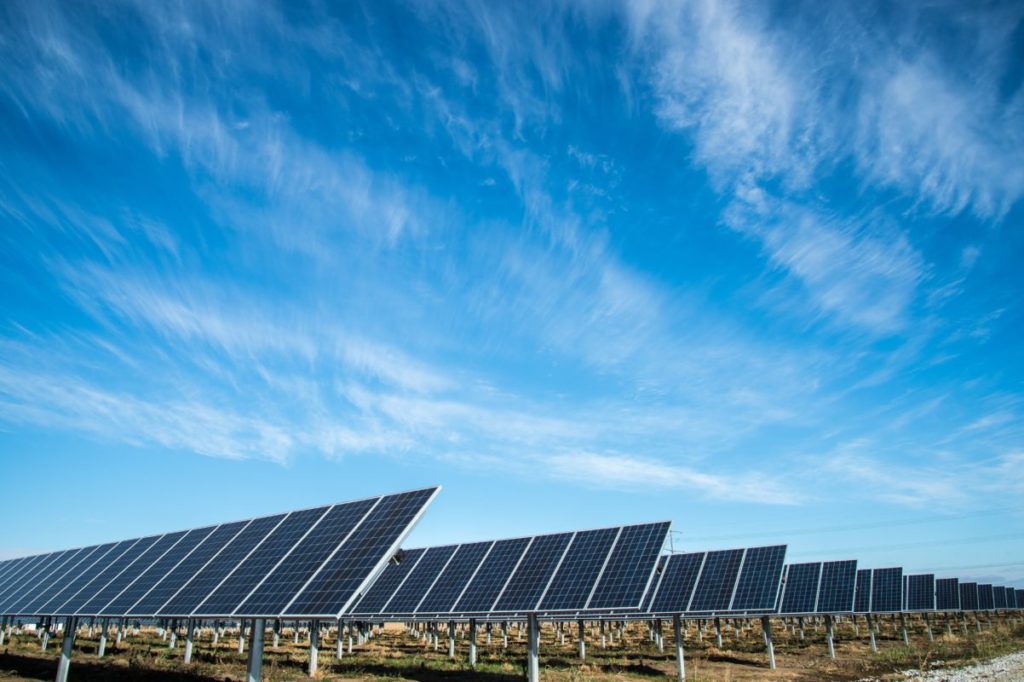
The levelised cost of energy (LCOE) for utility-scale solar PV in the US has tightened for a third year in a row, according to Lazard’s latest report.
US financial analyst Lazard’s 18th edition of its LCOE+ report ranges utility-scale solar PV’s LCOE between US$38-78/MWh, further tightening the LCOE from last year when it was US$29-92/MWh.
Try Premium for just $1
- Full premium access for the first month at only $1
- Converts to an annual rate after 30 days unless cancelled
- Cancel anytime during the trial period
Premium Benefits
- Expert industry analysis and interviews
- Digital access to PV Tech Power journal
- Exclusive event discounts
Or get the full Premium subscription right away
Or continue reading this article for free
Utility-scale solar PV – without taking into account tax credits – remains one of the most-competitive energy generation among all technologies, along with onshore wind. However, while utility-scale solar PV costs have declined slightly, wind cost have increased. Onshore wind LCOE ranges between US$37-86/MWh, compared with US$27-73/MWh in the 2024 report.
Renewables remain the most-competitive form of generation on an unsubsidized US$/MWh basis. This will keep renewables playing a key role to build new power generation in the US, both as the lowest-cost and quickest to deploy generation resource.
The chart below also includes LCOE for other renewables and non-renewable technologies, including LCOE depending on tax credits which reduces even further the LCOE for solar PV and other renewables, with the LCOE for utility-scale solar with production tax credits (PTC) ranging between US$20-45/MWh.
“In today’s rapidly evolving energy landscape, the relevance of data-driven decision-making has never been more critical and the LCOE+ serves as an invaluable resource for industry stakeholders, policymakers, and investors,” said George Bilicic, Vice Chairman of Investment Banking and Global Head of Power, Energy & Infrastructure, Lazard.
Lazard’s report – which can be accessed here – also includes several historical charts of LCOE for utility-scale solar PV or wind onshore among others.
Among the technologies analysed in the historical figures for average LCOE shown in the chart below, utility-scale has had the highest LCOE decrease since 2009, with 84%. It has also been one of only two technologies to experience a year-on-year drop in 2025, decreasing by 4% to US$58/MWh.
Another key finding from the report is that with renewables penetration increasing, several independent system operators (ISOs) are refining their capacity accreditation methodologies to incorporate seasonal adjustments and diversity benefits, which have in general driven up firming costs. With the development of more sophisticated capacity accreditation frameworks, this could have “significant” impact on future firming costs.
Moreover, for battery energy storage systems (BESS), the report shows a “sharp decline” for the technology across hybrid and standalone storage projects. The key drivers for the decline were a result of market dynamics – lower-than expected EV demand and oversupply of cells – along with technological advancements, such as increased cell capacity and energy density.
The year-on-year drop has offset the increases experienced between 2021 and 2024, with LCOE dropping to levels from 2020.






